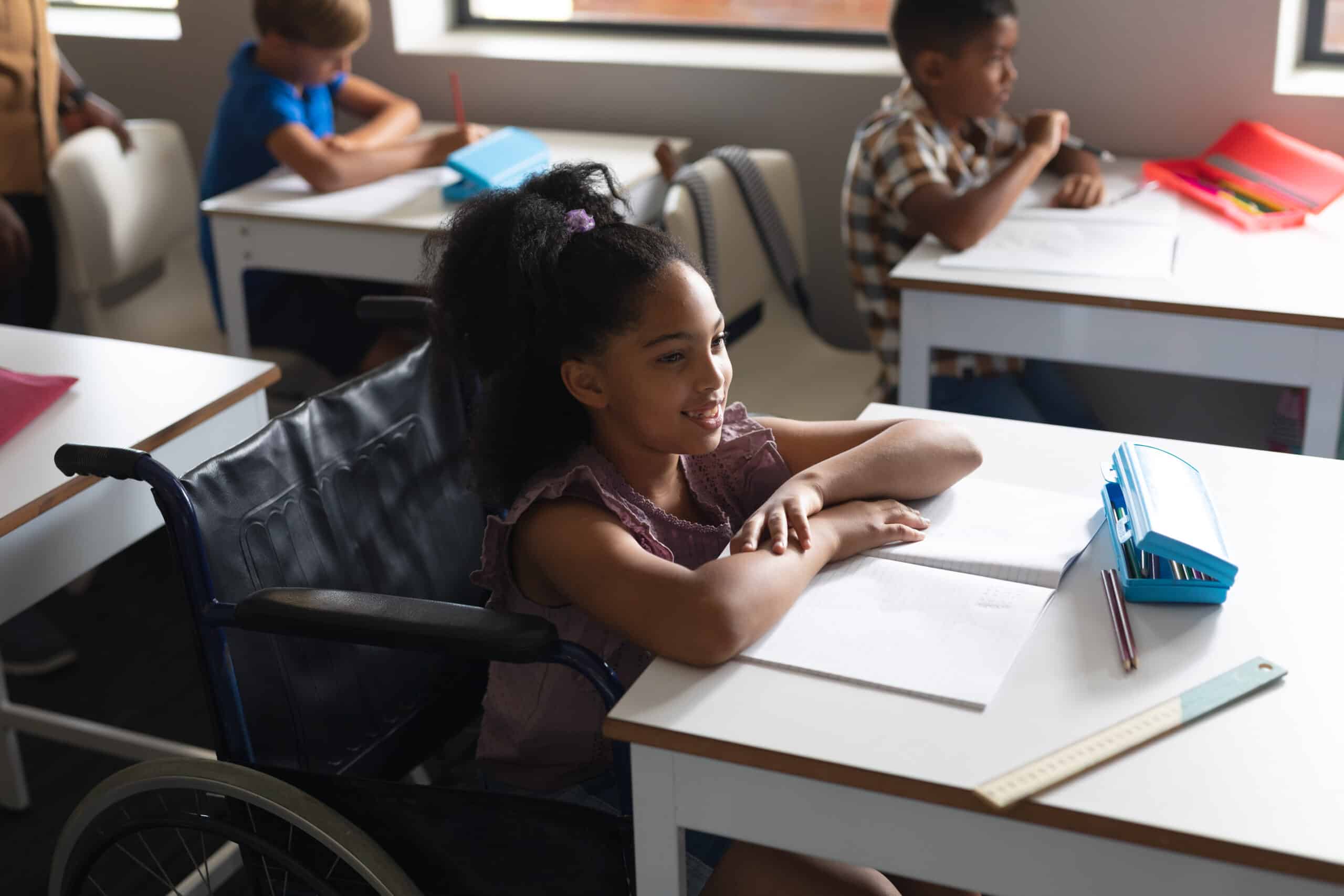What Is PL 94-142 and Why Is it Important in Special Education?

Its bureaucratic name may be generic and mundane, but PL 94-142 completely changed the game for people with disabilities who wanted to receive an education that was equitable to the education provided for people without disabilities. Read on to learn what changed when PL 94-142 became law and why it’s crucial for students benefiting from special education programs.
What Was the Education for All Handicapped Children Act?
The Education for All Handicapped Children Act (EHA) was Public Law (PL) 94-142 when Congress first passed it in 1975. Its goal was to protect the rights of, meet the individual needs of, and improve results for children with disabilities and their families.
In 1990, PL 94-142 was reauthorized in Congress, and the act’s name was changed to the Individuals with Disabilities Education Act (IDEA) to use a more contemporary and respectful term.
What Happened to Students with Disabilities Before the EHA or IDEA?
Before the EHA’s passage, children with disabilities were largely refused access to education and educational opportunities. There were even states that had laws on the books allowing schools to refuse to provide education to certain types of students, including a variety of disabilities, whether physical, intellectual, or emotional. Only about 20% of those students had access to schooling.
But PL 94-142 made sweeping changes. In the 1970s, nearly 2 million children with disabilities couldn’t attend public schools. By 2021, more than 7.5 million children with disabilities attended school and had access to special education and other accommodations to help them learn along with their non-disabled peers. Many of those students spend most of their day in general education classrooms rather than separate special education rooms. Moreover, more of these children attend neighborhood schools rather than schools focused primarily on their disability (a school for the blind or deaf, for example).
What Changed Once PL 94-142 Was Enacted?
The act began to level the playing field for children with disabilities. It mandated that public schools across the U.S. provide free education, special education for students between the ages of 3-21, and any supplemental services or resources needed to provide those forms of education.
It also guaranteed three other crucial items.
- Zero reject. Public schools could not refuse to enroll students because of their disabilities, no matter how severe. The only exception is if the child has an easily transmissible disease. But otherwise, accommodations must be made.
- Least restrictive environment (LRE). This clause guarantees a child’s right to attend as many regular education classes as possible. This is important because it keeps the child with the disability from being permanently segregated from the rest of their classmates. Besides providing education, it also provides social experiences they would otherwise miss out on.
- Individualized education program (IEP). The development of the IEP was a critical part of PL 94-142. Depending on the type of disability each student has, they may need different kinds of accommodations for their education. Working with education professionals and parents, a detailed plan is created for each student with a disability that spells out how the child performs academically, what the ongoing goals are, what the performance markers are, and what services and resources are needed to potentially achieve those goals. This has become a vital document for millions of students across the U.S.
Did Anything Change when PL 94-142 Was Reauthorized in 1990 as IDEA?
Yes. First of all, traumatic brain injury (TBI), which includes concussions, and autism were added to the list of disabilities. It also mandated that transition plans be created by the time the student turned 16 to address what the student could do after high school in terms of independent living and potential employment. This plan is created by education professionals and in coordination with various social and community services.
More changes were made via amendments to IDEA in 1997, including lowering the age of transition planning to 14, the inclusion of assistive technology devices as well as orientation and mobility devices, and teachers becoming part of the IEP team.
What Are the Six Pillars of IDEA?
Today, IDEA is a complex, multifaceted education act focusing on six pillars for students with disabilities.
- Free appropriate public education (FAPE). This is the guiding principle of IDEA: that students with disabilities receive the same general education as students without.
- IEP. As discussed above, this is a detailed action plan to help the child with disabilities receive an equitable education via public schools.
- LRE. As discussed above, this encourages the child’s participation in the general education classroom, not entirely relegated to special education classrooms.
- Appropriate evaluation. Each school must have adequate evaluation standards and mechanisms to determine whether those standards are being met and, if not, why not, and what could be changed.
- Parent and teacher participation. Whereas previously, special education was handled by special education teachers or school administration, general education teachers and parents are now part of the process.
- Procedural safeguards. This involves parents being made aware of their rights and responsibilities, as well as how they can review their child’s progress, be involved in the process, and how disputes will be handled (usually mediation).
What Should I Do if I Need Legal Help with My Child’s Special Education Needs or IEP?
Call us at 832-422-7333 for a free, in-depth, no-obligation discovery call. Our team of special education law attorneys is experienced and knowledgeable in what schools must provide for students with disabilities. We understand how important your child’s education is to you, and we’ll work with you to ensure the schools provide the services and resources to help your child learn.
